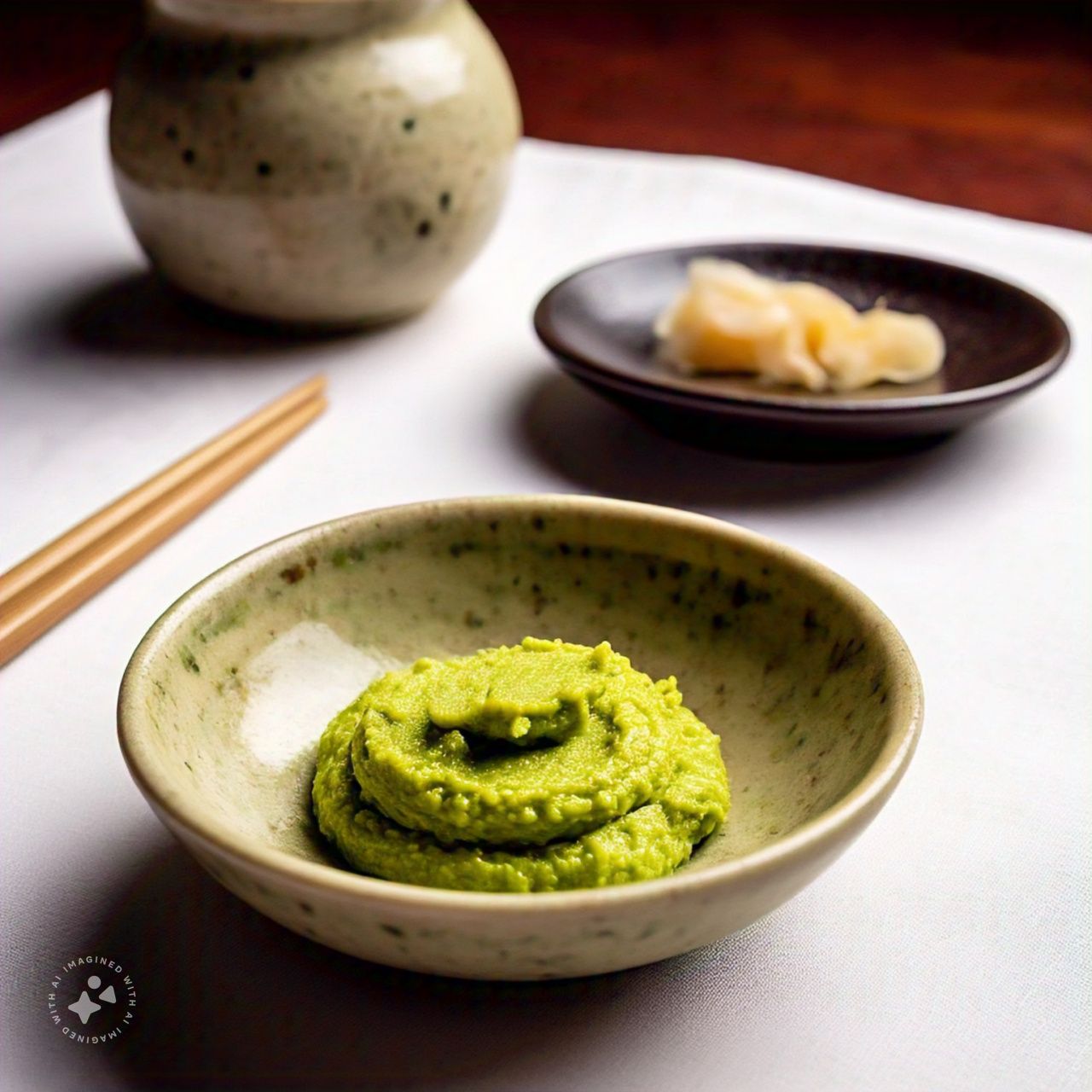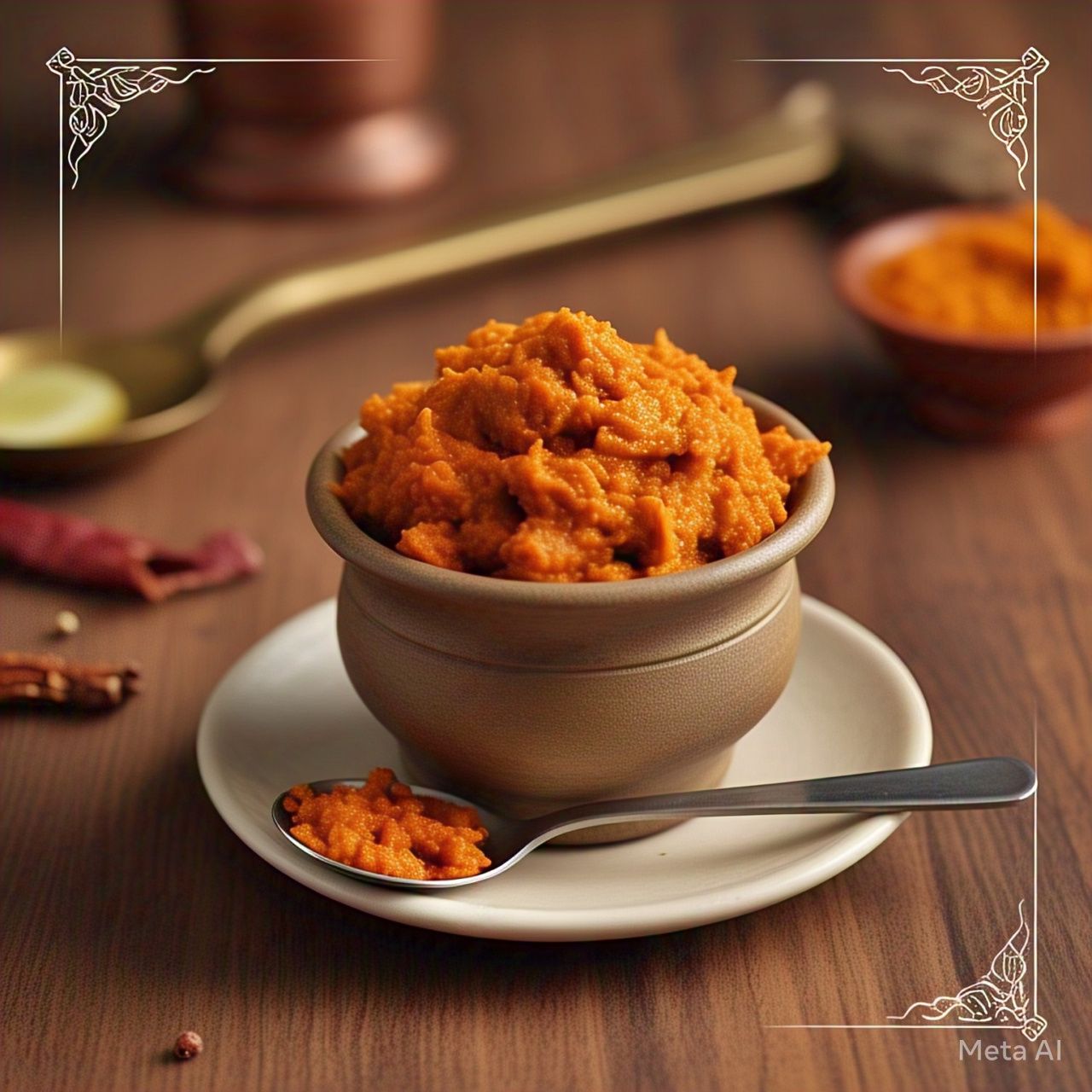Wasabi paste is an iconic condiment known for its bold, fiery flavor and cultural significance in Japanese cuisine. From sushi to noodles, this green paste adds an unmistakable kick that food enthusiasts around the world have come to love. In this blog, we explore everything about wasabi paste — its uses, benefits, cooking tips, and more — while focusing on sustainability and good user experience.
What is Wasabi Paste?
Wasabi paste is a pungent and spicy condiment made from the grated rhizome of the wasabi plant (Wasabia japonica). It is a staple in Japanese cuisine, often paired with sushi, sashimi, and noodle dishes.
Common Ingredients in Wasabi Paste:
-
Real Wasabi Rhizome: Authentic wasabi paste uses fresh wasabi.
-
Horseradish: Many commercial wasabi pastes substitute horseradish due to the scarcity of real wasabi.
-
Mustard: Adds additional heat.
-
Green Food Coloring: Used to replicate the characteristic green hue.
Authentic wasabi paste is prized for its fresh, clean heat that dissipates quickly, unlike the lingering spiciness of chili peppers.
How to Use Wasabi Paste
Wasabi paste’s versatility makes it a favorite in kitchens worldwide. Here are some of its most popular uses:
Culinary Applications:
-
Dipping Sauce:
-
Mix wasabi paste with soy sauce to create a flavorful dip for sushi or dumplings.
-
-
Condiment:
-
Serve alongside dishes like vegetable tempura or rice bowls for added heat.
-
-
Flavor Enhancer:
-
Stir into soups, salad dressings, or noodle dishes to elevate flavor profiles.
-
-
Fusion Cuisine:
-
Incorporate wasabi paste into sandwiches, wraps, or even mashed potatoes for a creative twist.
-
Cooking Tips:
-
Start with a small amount and adjust according to taste, as wasabi’s heat can be intense.
-
Combine with creamy bases like yogurt or mayonnaise to mellow the spice for dips and spreads.
-
Always store wasabi paste in a cool, dry place or refrigerate after opening to retain freshness.
Benefits of Wasabi Paste
Wasabi paste is not only a flavor powerhouse but also offers several health benefits:
1. Rich in Antioxidants
-
Contains compounds like isothiocyanates, which help neutralize free radicals and reduce inflammation.
2. Supports Digestion
-
Known to stimulate the production of digestive enzymes.
3. Antibacterial Properties
-
Its natural antibacterial effects make it a perfect accompaniment to raw foods like sushi.
4. Low in Calories
-
Ideal for those looking for bold flavors without adding extra calories.
5. Versatile Ingredient
-
Enhances a variety of dishes, from traditional Japanese cuisine to modern fusion recipes.
Wasabi Paste in Seasonal and Holiday Favorites
Wasabi paste isn’t just for everyday meals; it’s also a fantastic addition to seasonal and festive dishes:
-
Spring Gatherings: Pair with fresh vegetable rolls or as a dressing for salads featuring seasonal produce.
-
Summer Picnics: Add a touch of wasabi to pasta salads or cold noodle dishes for a refreshing zing.
-
Holiday Parties: Use in creative appetizers like wasabi-infused deviled eggs or spicy dips.
-
Winter Comfort Foods: Stir into soups or roasted vegetable sides to add warmth and depth.
Wasabi Paste vs. Horseradish Paste
With real wasabi being a rare and expensive ingredient, many products on the market use horseradish as a substitute. Here’s how they compare:
| Aspect | Wasabi Paste | Horseradish Paste |
|---|---|---|
| Flavor Profile | Subtle, clean heat | Sharper, more lingering spice |
| Availability | Rare, especially fresh | Widely available |
| Color | Naturally green | Often artificially colored |
| Price | More expensive | Affordable |
If authenticity is your goal, look for products labeled as 100% real wasabi or prepare fresh wasabi paste at home.
Questions and Answers About Wasabi Paste
Q: Is wasabi paste vegan?
A: Yes, most wasabi pastes are plant-based, but always check the ingredient list to ensure no animal-derived additives are used.
Q: Can I make wasabi paste at home?
A: Absolutely! Grate fresh wasabi rhizome using a fine grater and mix it into a paste. Freshly made wasabi paste has the most authentic flavor.
Q: How can I store wasabi paste?
A: Keep it in an airtight container in the refrigerator. For fresh wasabi paste, use it within 1-2 days for the best flavor.
Impact of Food Waste on the Environment
Real wasabi is a precious and labor-intensive crop, making it crucial to minimize waste when using wasabi paste. Here are a few tips:
Reducing Food Waste:
-
Measure Carefully: Use only the amount of wasabi paste you need to avoid leftovers.
-
Repurpose Leftovers: Incorporate extra wasabi paste into soups, sauces, or marinades.
-
Proper Storage: Refrigerate paste immediately after use to maintain freshness and avoid spoilage.
By reducing waste, we contribute to environmental sustainability and honor the effort it takes to produce high-quality wasabi.
News and Information About Wasabi Paste
With the global popularity of Japanese cuisine, the demand for authentic wasabi paste continues to grow. However, due to its scarcity, many brands rely on horseradish-based substitutes. Recent trends in the food industry include:
-
Organic Wasabi Farming: Efforts are underway to cultivate wasabi sustainably to meet growing demand.
-
Innovative Recipes: Chefs worldwide are incorporating wasabi into desserts, cocktails, and more.
-
Educational Campaigns: Promoting awareness about the differences between real wasabi and substitutes.
Why You Should Try Wasabi Paste
Benefits of Incorporating Wasabi Paste into Your Cooking:
-
Unique Flavor: Adds an unforgettable heat and depth to dishes.
-
Health Boost: Packed with antioxidants and digestive benefits.
-
Versatility: Enhances a variety of cuisines beyond Japanese dishes.
Conclusion
Wasabi paste is a bold, versatile condiment that brings a touch of authenticity and excitement to your meals. Whether you’re enjoying traditional Japanese fare or experimenting with fusion dishes, this fiery green paste is a must-have in any food lover’s kitchen. By choosing high-quality wasabi paste and using it thoughtfully, you can elevate your cooking while minimizing waste and supporting sustainable practices.





Share:
Discover the Rich Flavors of Nawabi Biryani Masala: Your Ultimate Guide
Discover the Flavorful World of Mughlai Biryani Masala: A Guide to Its Benefits, Uses, and More